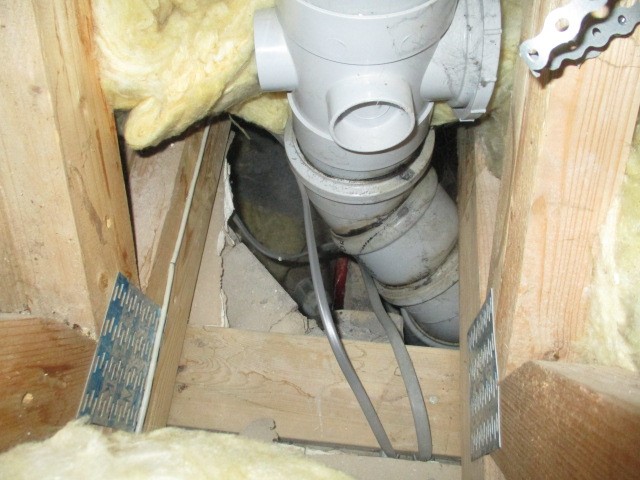
You may have been advised that you need a Fire Compartmentation Survey, so what is it and why is it important? This article will briefly explain this.
What Is Fire Compartmentation?
In certain premises, particularly those where there is a sleeping risk such as Care Homes, Hotels, Flats etc. the buildings are designed and constructed in such a way as to prevent the spread of fire and smoke from one part of the building to another, this is known as “compartmentation”. This is achieved by constructing fire compartment walls, ceilings and floors in such a way that prevents fire spread.
Where there are door openings within compartmentation walls, they should be provided with appropriate fire doors. Any other penetrations that pass through the compartment walls, ceilings or floors such as pipes, ducts, cables, conduits, joists, purlins and rafters must be fire-stopped to prevent the spread of fire and smoke via these routes.
What Is A Fire Compartmentation Survey & What Does It Cover?
If you have had a Fire Risk Assessment carried out on your premises, one of the action points on your “Fire Action Plan “could be a recommendation to have a Fire Compartmentation Survey undertaken. This tends to be the case where the Fire Risk Assessor has identified numerous breaches in fire compartment walls, ceilings and floors, and feels that the fire compartments within a building is likely to be compromised in a fire situation.
A Fire Compartmentation Survey is intrusive and involves investigative works within roof spaces, ceiling and floor voids, as well as within service rises, behind boxings etc. The objective is to assess whether the existing fire compartment walls (including doors within them), floors and ceilings within the property are likely to restrict the potential spread of fire and smoke for the required period of time (i.e. the time required to enable escape).
The scope of a Fire Compartmentation Survey will typically include: –
• An inspection of the overall condition of the existing fire compartments.
• An assessment of the condition and effectiveness of the sealing of wall/soffit interfaces.
• An inspection of existing fire seals applied to service penetrations through fire compartment lines.
• An assessment of the materials used to seal existing service penetrations/linear joints and in particular whether or not appropriate fire rated materials appear to have been used and whether they appear to have been applied/installed in an appropriate manner.
• The reporting of any damage to fire compartment lines that is likely to reduce the effectiveness of the fire compartment.
• The reporting of unprotected structural steelwork within fire compartments which may have an impact on the overall effectiveness of the expected fire performance of the building.
• The reporting of fire damper omissions within ducts passing through designated fire compartment lines (where this can be ascertained).
• An assessment of the materials and methods used to construct any dry lined walls which form part of the fire compartmentation.
Once the Survey has been carried out, a report is then prepared which will typically include photographs of issues identified and show the main fire compartmentation lines on floor layout drawings. Importantly, the report will also include the recommended remedial action required to provide the appropriate fire resistance and prevent the potential spread of fire and smoke.
Who Should Undertake A Fire Compartmentation Survey?
A Fire Compartmentation Survey should only be undertaken by a “Competent Person”, that is someone who has the necessary qualifications, skills and experience, not only in terms of fire safety, but also has a sound knowledge of building construction and building materials.
Why Is A Fire Compartmentation Survey Important?
Compartmentation Surveys are more important in some types of premises, particularly premises where people sleep such as Care Homes, Hotels, Flats etc.
For example, because of the vulnerability of residents living in a Residential Care Home and the additional time required to fully evacuate the premises, the majority of Care Homes operate a fire evacuation strategy known as Progressive Horizontal Evacuation. So rather than everyone leaving the building immediately, like say in an office environment where everyone simultaneous evacuates, Progressive Horizontal Evacuation is carried out by moving people from one fire compartment to the next.
It is therefore vitally important within residential buildings, that the fire compartmentation of the building is adequate and well maintained, providing the occupants with protection, and the precious time they require to evacuate.
Need A Fire Compartmentation Survey?
Do you need a compartmentation survey, or are you unsure whether your premises provide the necessary fire protection that’s required? Call Marpal today and speak to one of our Fire Safety Advisors, on 01332 668877 or email us at [email protected].


